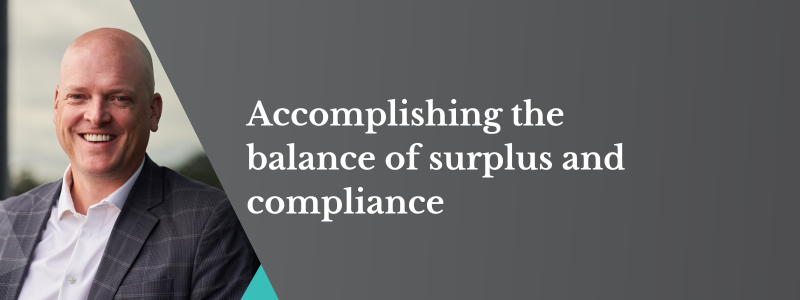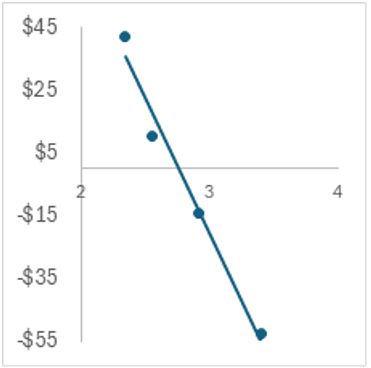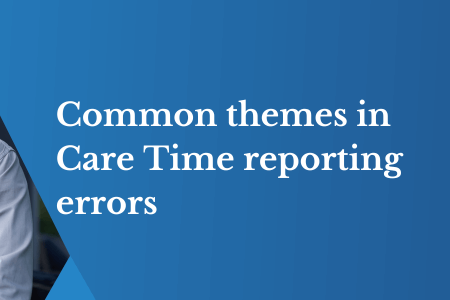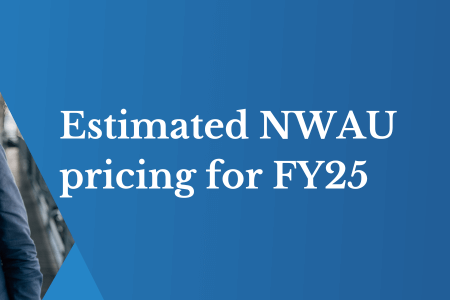Staffing & Surplus: A delicate tightrope
August 12, 2024 | AN-ACC

By Tyler Fisher, Data Scientist
Delivering the required care to remain compliant while not operating at a loss means facing the dual challenges of financial sustainability and regulatory compliance. Recent data from the Quarterly Financial Reports (QFRs) shows the extent to which these objectives oppose each other. We also want to understand who is achieving the appropriate balance, and how.
The industry is facing significant financial headwinds. On average, aged care facilities are operating at a deficit of about $11 per resident per day . While this may not sound substantial at first glance, the total reported deficit across all financial reporting is close to $140 million – a considerable sum that providers must address.


Accomplishing the balancing act
One in five services are reporting a surplus while also delivering enough care to achieve a three-star staffing rating. However, only 11% of the industry are realising an operating surplus while meeting both the total and RN time requirements at a level of 100%+.

The challenges of perfect compliance
AN-ACC leaves little room for error. Providers must manage their rosters and AN-ACC funding with near-perfect precision just to break even. Any unforeseen events, such as higher-than-expected staff turnover or increased sick leave, can quickly push a service into deficit or non-compliance.
Looking ahead: Price adjustments & 215 Minutes
The anticipated pricing set for AN-ACC in the new financial year reflects a balanced approach considering inflation, wage rises, and other economic factors. Stakeholders should prepare for potential incremental adjustments to ensure compliance and adequate funding for workforce expenses. The new price is due to take effect from 1 October to coincide with a significant recalibration of the care minute requirements for each AN-ACC class. If we assume a price indexation of +8.8% then compare the relative starting points from October 2023 to one year later, industry subsidy will have grown by 14% and average case mix will have grown by 9%. Industry average case mix will rise 7.5% because of the recalibration to a 215-minute target.
Legislation sets the goal at perfect compliance with break-even, which means providers must look to innovative solutions to address these challenges. A focus on efficient resource management, exploring ways to ethically increase resident contributions, and advocate for funding models that recognise the true cost of providing high-quality, compliant care can help.
The road ahead is challenging, but by deriving operational insights from data, and a commitment to both quality care and financial prudence, we can work towards a more sustainable and compliant future.
Mirus Metrics is the only AN-ACC funding application that brings together aged care funding data, industry data and forecasting insights into one easy-to-navigate solution to help you achieve balance.


